Chemistry

Educators and Parents, Sign Up for The Cheat Sheet
Weekly updates to help you use Science News Explores in the learning environment
Thank you for signing up!
There was a problem signing you up.
-
 Chemistry
ChemistryScientists Say: Rare earth element
Rare earth elements aren’t all that rare — but skyrocketing demand for these metals makes them precious.
-
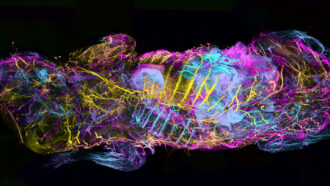 Animals
AnimalsA new technique creates glowing whole-body maps of mice
Removing cholesterol from mouse bodies lets fluorescent proteins seep into every tissue. That has helped researchers map entire body parts.
-
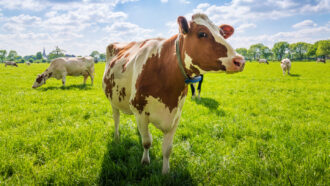 Agriculture
AgricultureCow dung spews a climate-warming gas. Adding algae could limit that
But how useful this is depends on whether cows eat the red algae, a type of seaweed — or it gets added to their wastes after they’re pooped out.
-
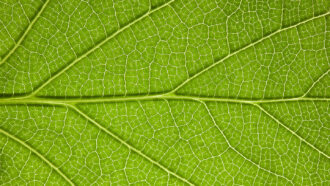 Tech
TechHigh-tech solar ‘leaves’ create green fuels from the sun
Chemists make a liquid alternative to fossil fuels from carbon dioxide, water and the sun. Their trick? They use a new type of artificial leaf.
By Laura Allen -
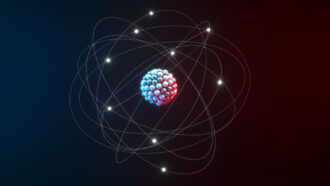 Chemistry
ChemistryScientists Say: Valence electrons
These far-out electrons do the hard work when it comes to chemical reactions.
-
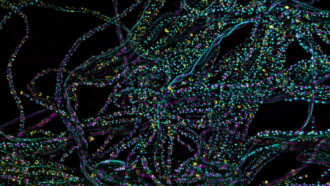 Plants
PlantsA single particle of light can kick off photosynthesis
In a new experiment with bacteria, a lone photon sparked the process of turning light to chemical energy.
-
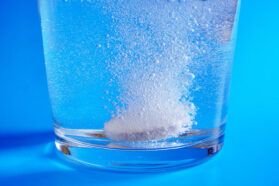 Chemistry
ChemistryExperiment: Test the effect of temperature on reaction time
Alka-Seltzer tablets fizzle furiously when dropped into water. Can you make Alka-Seltzer fizz faster or more loudly by changing the water’s temperature?
-
 Physics
PhysicsScientists Say: Explosion
Explosions happen when chemical or nuclear reactions blow out a lot of heat, noise and expanding gas.
-
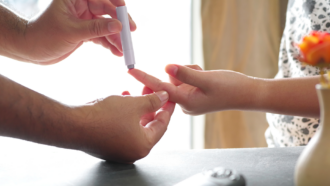 Health & Medicine
Health & MedicineNew patch might replace some finger-prick testing of blood sugar
A finalist at Regeneron ISEF created a wearable patch that turns yellow when someone’s blood-sugar level gets high enough to need an insulin shot.
-
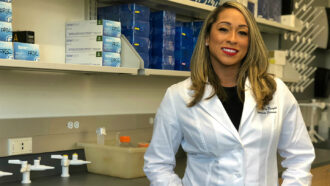 Chemistry
ChemistryThis forensic scientist is taking crime science out of the lab
Kelly Knight uses her past struggles and passion for forensics to inspire her students.
-
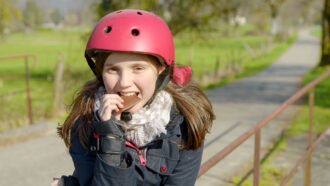 Chemistry
ChemistryExperiment: Keep your candy cool with the power of evaporation!
In this science project, use the energy produced when water evaporates to cool down chocolate-covered candy so it doesn't melt.
-
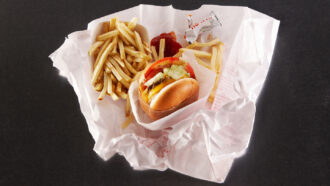 Chemistry
ChemistryScientists Say: PFAS
Non-stick coatings, stain-resistant cloth and other common materials leach long-lived PFAS into soil and water.